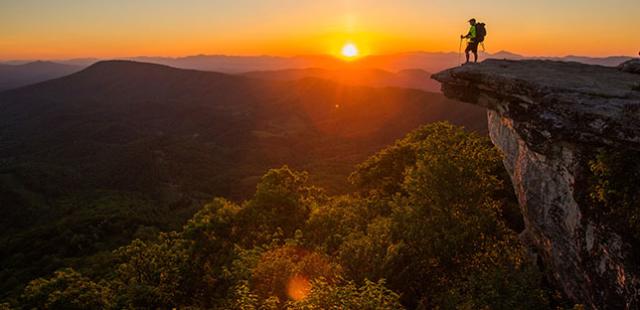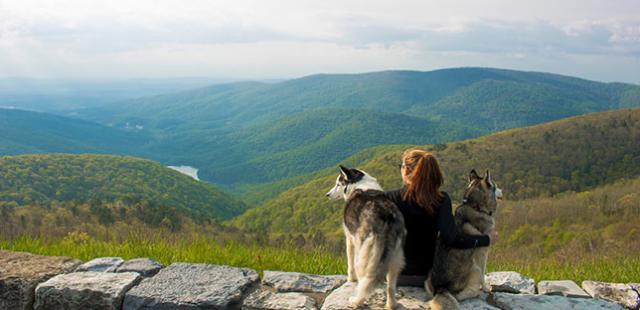Tides of History
Colonial Parkway delivers you from the settlement of 1607 to the decisive 1781 Revolutionary War battle. The York River offers a unique perspective to history.
Day One:
Start your adventure at Jamestown Island, which is what the New World settlers did in 1607. The Island is formally known as Historic Jamestowne and differs from the state park next door, Jamestown Settlement.
The island languished in tourism limbo for years until the original fort was discovered. To observe the dig, which is in continuous progress, is to watch history being made before your eyes. More than a million artifacts have been recovered over the years, and the best of them are in a nearby award-winning museum called the Archaerium. Find out “who shot JR,” which refers not to Larry Hageman but the Jamestown Recovery project.
After lunch at the quaint Carrot Tree restaurant on Jamestown Road, circle back on the Colonial Parkway and drive a scenic route ten miles to the Visitor Center of Colonial Williamsburg for an afternoon of 1770s history. The Visitor Center provides a concise orientation of the 88-acre Historic Area and an overview movie, The Story of a Patriot, that has become a classic.
Once in town, you’ll be surrounded by “Revolutionary City,” an outdoor theater whose actors explain the period through riveting dialogue, speeches and spontaneous chatter. Ordinary visitors find themselves wrapped up in the exhortations at the Courthouse of 1770 as they rally to protest at the Old Capitol down the street. As they march along, a veritable mob mentality sometimes takes over in opposition to arrogant British rule.
For the evening, dine at any of the taverns of Colonial Williamsburg or fine restaurants at Merchants Square, atop the Historic Area. For lodging, consider any of three exquisite B&Bs: The Cedars, Colonial Gardens, or the Fife & Drum Inn.
Day Two:
Return to Colonial Williamsburg, but for a different purpose. Now that you have a context of what transpired in 1775 and 1776, see the place in all its glory as the Virginia gentry and working people did. Keep in mind that Williamsburg succeeded Jamestown as the capital of the colony because it was at the apex of creeks from the James River and York River. Protection from attack was a constant geographic and water theme.
Explore the public buildings to see how local and colonial government transpired. The Capitol offers compelling stories of trials and political intrigue. The Governor’s Palace recalls how lavishly the royal governors lived. They were so self-important as to require that no buildings mar their view from certain windows. Go into the homes and shops on Duke of Gloucester Street to appreciate from gifted interpreters what it was like to live in such a quaint town. Listen closely to the details of the architecture and how the town was laid out. Walk the many English gardens behind the townhouses to take in the flora and fauna of the era. Observe the priceless portraits and landscapes that occupy the walls. For more of them and equally exquisite furniture, view the vast collection of the DeWitt Wallace Gallery. By soaking in the details, you’ll come away with an awesome appreciation for how people really lived in the run-up to the war that would nearly undo everything.
Day Three:
Finish your trip by traveling the scenic Colonial Parkway to Historic Yorktown and witness where the dramatic conclusion of the Revolutionary War took place. As you drive into town, soak in the historical significance of this trek from Williamsburg. Gen. George Washington traveled a similar route with the Marquis de Lafayette and Comte de Rochambeau in 1781.
History surrounds you in Yorktown. One of the most critical naval battles in United States history, the Battle of the Capes, took place down the York River, at the mouth of Chesapeake Bay. The victory paved the way for Washington and our French allies to bombard Gen. Cornwallis and his 7,000 troops with artillery for nine days before charging into their redoubts for hand-to-hand combat. Book a ticket on the Schooner Alliance for a unique history lesson on the water as you sail past the Victory Monument and Battlefield where our country won its independence.
Then, walk in the literal footsteps of our Founders, including Alexander Hamilton, during a ranger-led tour through Yorktown Battlefield in Colonial National Historical Park. From the Visitor Center, hop on the Trolley for a short ride to the American Revolution Museum at Yorktown where you’ll find more than 1,300 colonial artifacts on display—everything from an early broadside printing of the Declaration of Independence to paintings, engravings, military equipment, and more.
You’re bound to work up an appetite after a day of exploring. Make sure you book a reservation at Riverwalk Restaurant and try the signature fish tacos. Or sit on the patio at Water Street Grille to enjoy tapas and any of the 20 local craft beers they keep on draft. End your day with true southern hospitality when you check in at the Hornsby House Inn or Marl Inn. Both prominent B&Bs are just up the hill from the waterfront restaurants, shops, and museums!
This 48 hour getaway was submitted by Williamsburg Charter Sails.
Colonial Williamsburg
Visit the 18th century city of Colonial Williamsburg and you'll discover why this was the…
Jamestown
The Virginia Company sailed from England to try and establish the first permanent English colony in…







